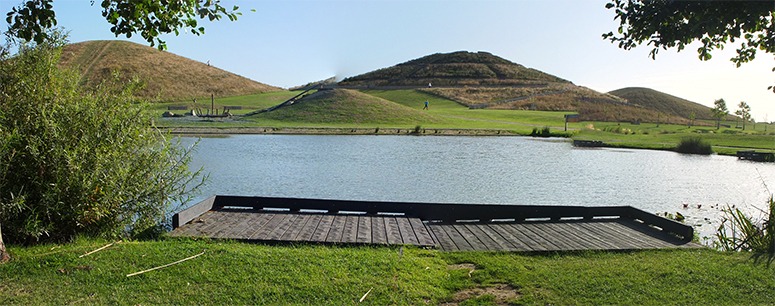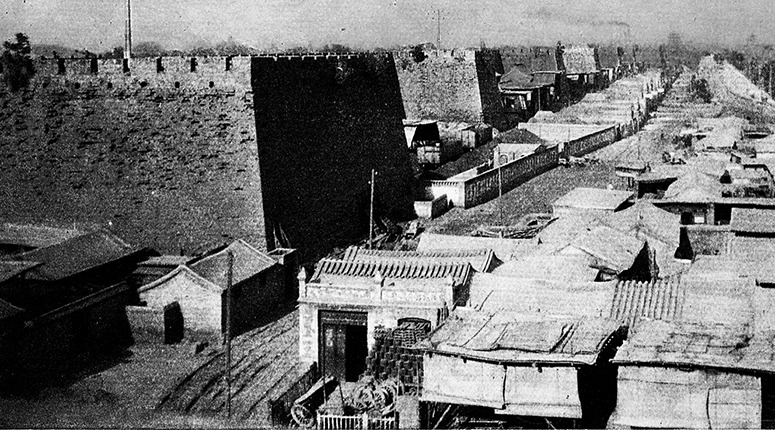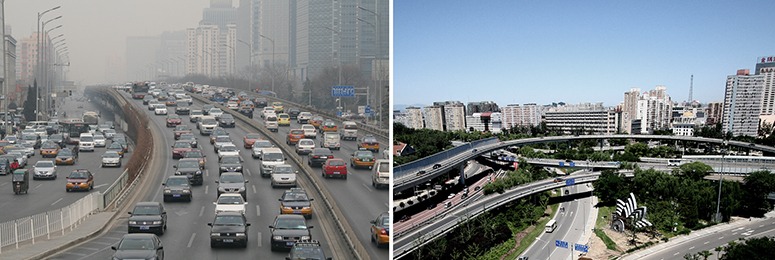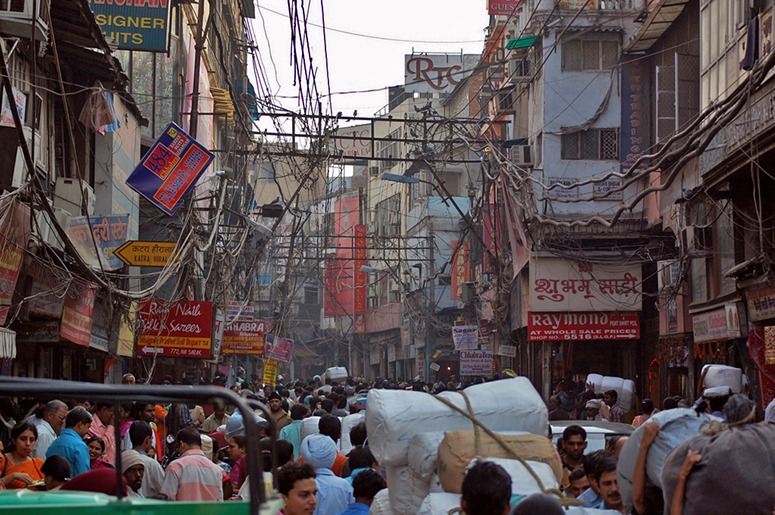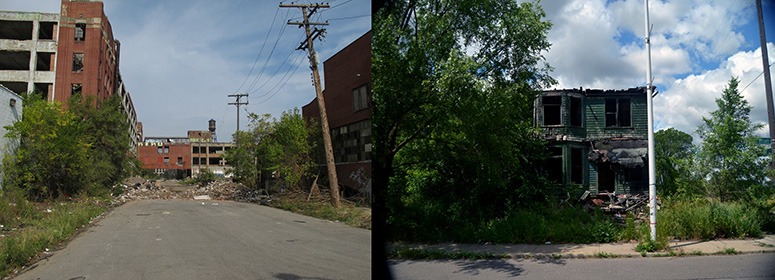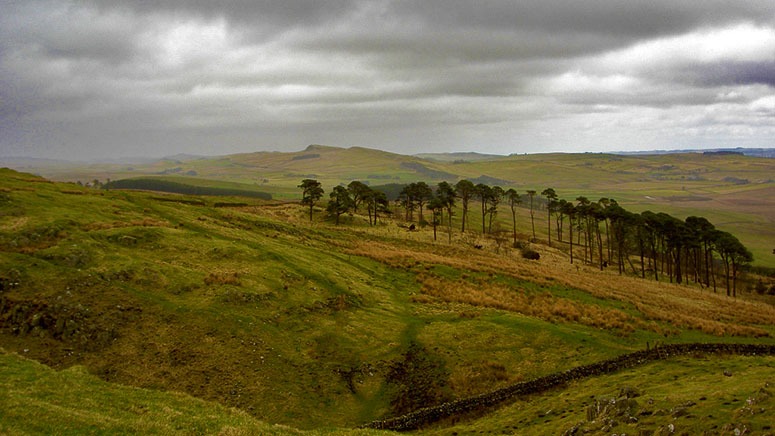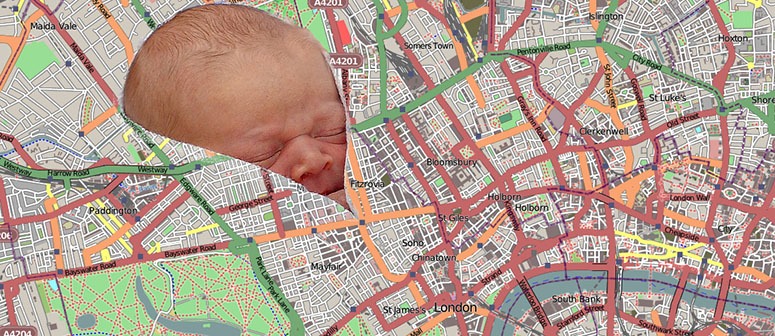Northala Fields – the landscape planning of a public park
– the conical hills look good, shield the park from traffic noise, provide destinations for walkers and runners and offer fine views over London. They were made out of rubble from demolishing the old Wembley Stadium. That’s good too – but I wish they had salvaged some features instead of reducing everything to rubble.
– the water park to the south of the hills is an attractive place with ponds, trees, shrubs and wild life
The landscape design was by FoRM Associates, a London practice which was run by Igor Marko, Peter Fink and Rick Rowbotham (the firm operated from 2007-2012). The founders were an artist, an architect and a landscape architect but the latter is not credited with the project: it was regarded as public art.
My visit was a deviation from the route of London’s Capital Ring, which I have been following. It links a number of greenspaces of varying quality. I suppose I could set up a system to assess their quality and, if doing so, would remember the four lunches I have enjoyed in a four day trip. Each time I asked for a ‘bacon roll and cappucino’. Much the best was in a cafe near Eltham College – maybe the boys have trained them. The cost was £3.70. Next best was from a caravan in Richmond Park: £5.20 – good coffee and a very well cooked bacon roll for £5.20. Next best was from a cafe outside Harrow School: £7.20 for a decent coffee with a disappointing bacon sandwich. Worst quality was from a transport cafe beside Streatham Common: £2.70 for flabby white bread and tough bacon. ‘This is not coffee’ I complained after the first sip ‘Yeah – we don’t do coffee’ they told me. The compensation was free newspapers to read (Sun and Star only). Price is the easiest thing to assess but does not correlate with gastronomic quality (for which my assessment criteria were: quality of coffee, quality of bread and quality of bacon. Price does however correlate exactly with quality of service. The most expensive provider also had the best interior design, though it was very traditional. The seating area around the caravan in Richmond Park was a total disgrace ‘wood effect picnic seating made of solid plastic’. So is it true that ‘you get what you pay for’? No: if you want a coffee and bacon sandwich the best buy cost £3.70. The same is true of public open space: the largest budget does NOT produce the best design. Much better to deploy imagination, ingenuity and wisdom.

